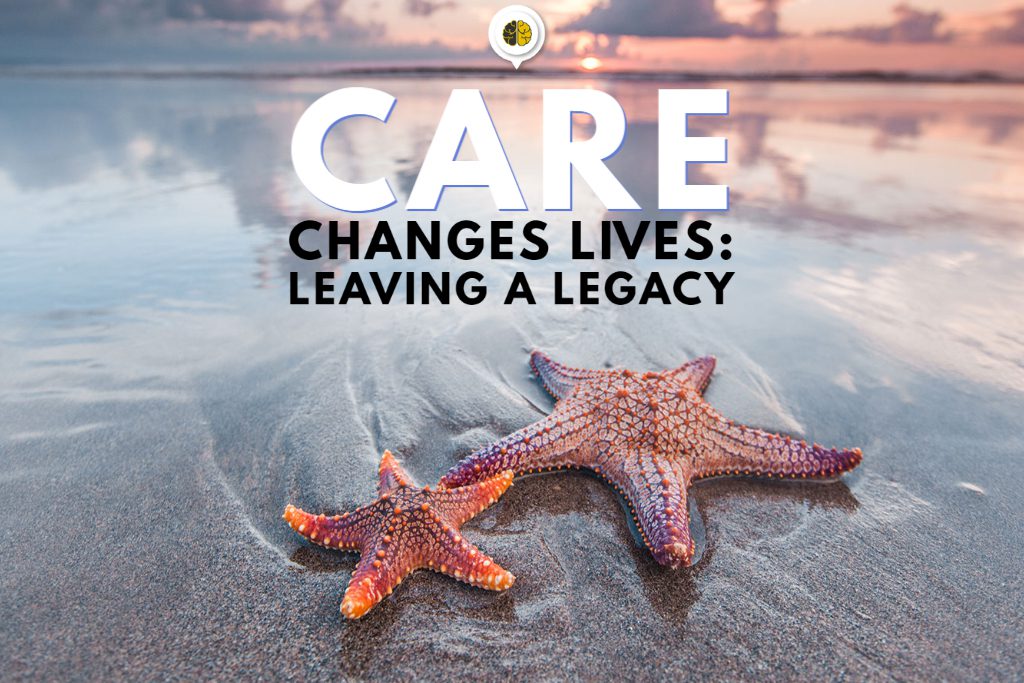My gym’s mission is to change the health of 7,000 people in my city.
Yours is probably something very similar.
This mission will take 30 years. That means my gym has to be around that long—even if the business evolves, the mission stays the same.
That means the business must survive without me. And I need to make sure the mission will continue when I’m gone.
I also want to leave a meaningful legacy for my kids, and for my city. Below, you’ll find my plan.
1. Build a Gym That Truly Runs Without Me
Even after fixing my mistakes, it took another five years for me to become completely replaceable in my gym. I had several false starts: I abdicated too early, leaving the wrong people in charge. Or my systems weren’t deliverable by others. Or the other coaches didn’t have enough local affinity to attract clients. Fixing all these things took time, and I made many mistakes. But if I didn’t have the goal of “fully autonomous gym” in mind, it never would have happened.
2. Create Multigenerational Cash Flow
Savings are fine and insurance plans can create short-term payouts for your kids. You can pay off their college tuition in advance and you can set up a trust fund. But in my mind the best way to create cash flow for them forever is to buy real estate. I’m not going to flip buildings; I’m going to rent them. The rent I collect pays more than a job would, and my buildings should continue to generate cash flow for my kids and grandkids before they fall down.
3. Empower Entrepreneurs
Canada’s educational system guides kids toward teaching jobs. We teach kids that the economy hasn’t changed since the 1970s: You write a resume, do an interview and then sit in one job for 30 years until you’re worn out. That creates young adults who are unprepared for the modern workforce (or even victims of a changing economy).
I want kids to have entrepreneurial skills even if they never start businesses. I want them to create wealth instead of fighting for a larger piece of someone else’s pie. I want them to employ others, add value to our economy and improve the world they inhabit.
We’ve made some small inroads into local entrepreneurship—kids summer camps, local Shark Tank events and the Two-Brain Business Workshop—but I’ll focus more on these things in the next five years.
As my mentor, Todd Herman, told me: “If you know how to build an audience, you’ll never go hungry.” That’s what “teaching a person to fish” means in today’s world.
4. Provide Short-Term Help in a Crisis
Unfortunately, some people in my local community are in a state of constant crisis. I look for the points of highest leverage and then apply pressure through money or connection.
Last year, during a shutdown, I bought 50 bikes for local kids. They were good bikes that could stand up to some abuse. I could have just given the kids the money or handed it to a local charity. But bikes are highly leverageable. Every bike has a great story. Bikes give kids mobility, some adventure and the opportunity to escape the “real world” for a few minutes. Bikes create connections. And even if nobody rides a paper route anymore, bikes can show a kid that there are some great things in the world if they leave their own doorways. I’ve never seen a sad person on a bike.
5. Bring Entrepreneurs Here
My city is on the decline. Entrepreneurs founded the city, created the jobs and fed tens of thousands of people for generations. Now the steel mills and paper plants are gone. But the area is still largely untouched, living is inexpensive and we all live on America’s front porch (I could literally paddle my kayak from Canada to the U.S. in 15 minutes).
In a mobile economy, my city is a dream come true. But not for people who want to work on a production line or find a job in middle management. This is a city for makers and dreamers. These are the people who will revitalize our area. I want to show them around.
Save a Starfish
If someone had asked me 10 years ago, “How will you have a meaningful impact on the world?” I’d have had no answer. I would have thought too broadly. That’s where most entrepreneurs slip up. This is the parable that changed my thinking:
A man is walking along the beach when he notices dozens of starfish in the sand. They’ve washed ashore during a storm. And as he looks up along the beach, he sees there are thousands of them dying outside the water.
He also notices an old woman walking toward him. Every few feet, she bends over slowly, picks up one starfish and heaves it into the ocean. Then she takes a few more steps, bends over, picks up another and tosses it.
When their paths intersect, the man says, “Excuse me. There are thousands of starfish dying here. You can’t save even a tiny fraction of them. What you’re doing is noble, but in the end it won’t make a measurable difference. Why do you keep doing it?”
She looks down at the starfish in her hand. She throws it in the water. She looks at the man and says this:
“It sure made a difference to that one.”
If you want to make a change, start with one. If you want to make a difference, change the next one. If you want to leave a legacy, teach one more.
Other Media in This Series
“Care Changes Lives: Change One at a Time”
“Care Changes Lives: Change Their Supporters”
“Care Changes Lives: Change Your Town”

